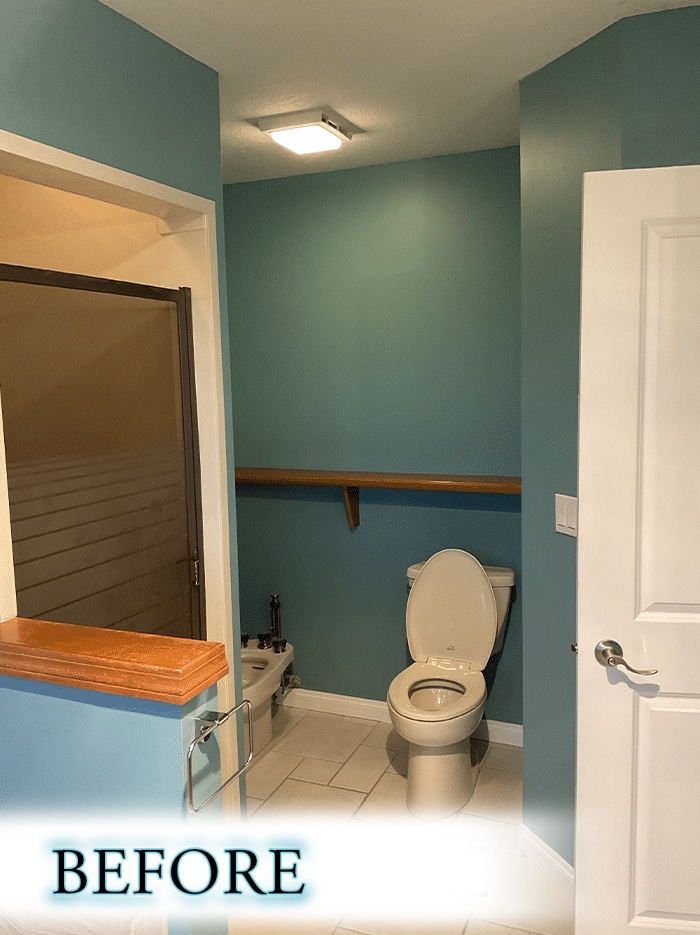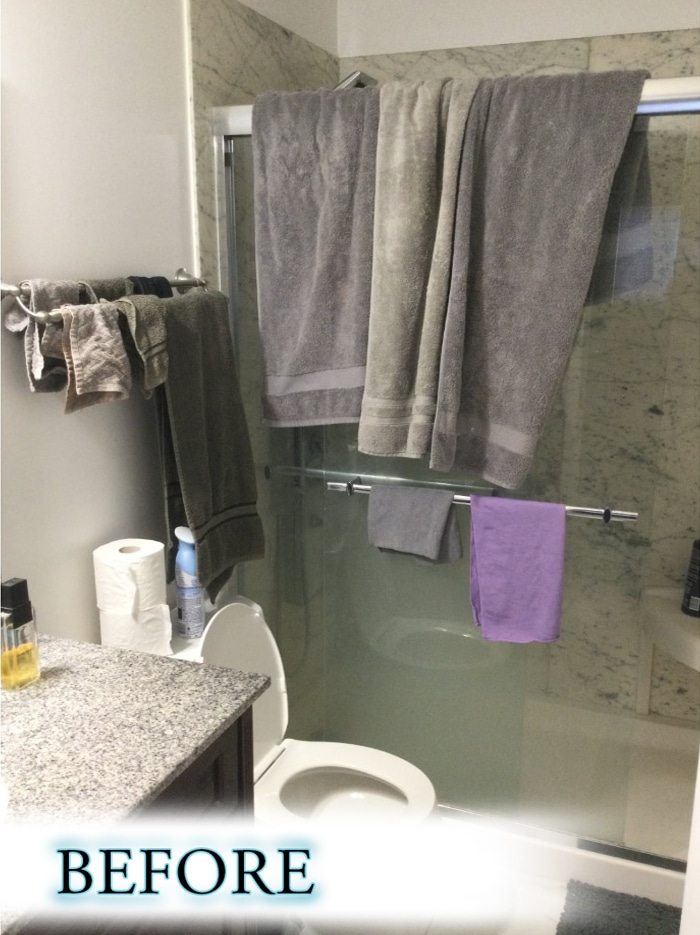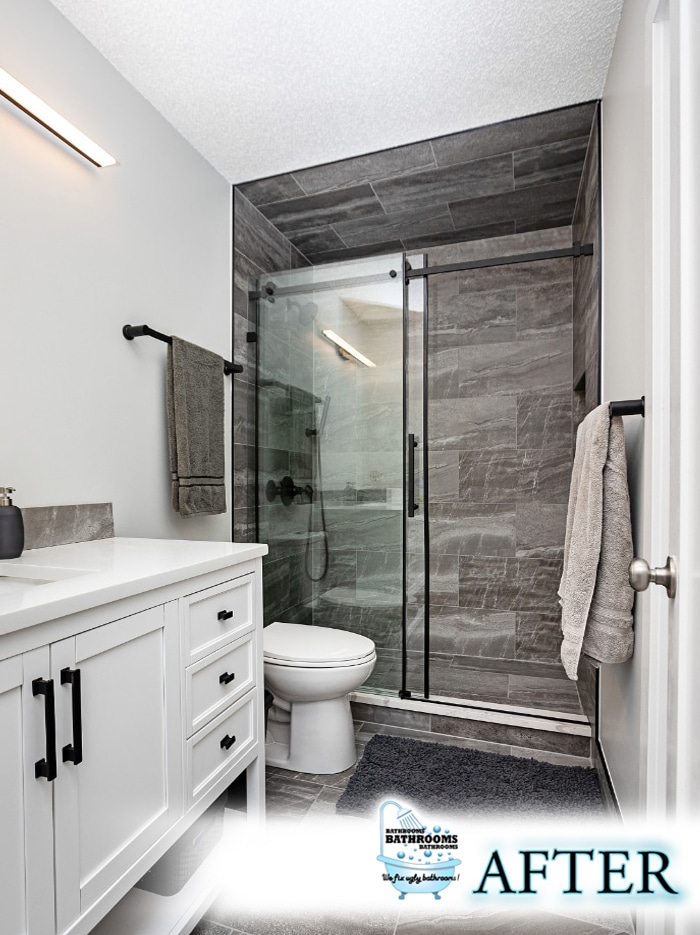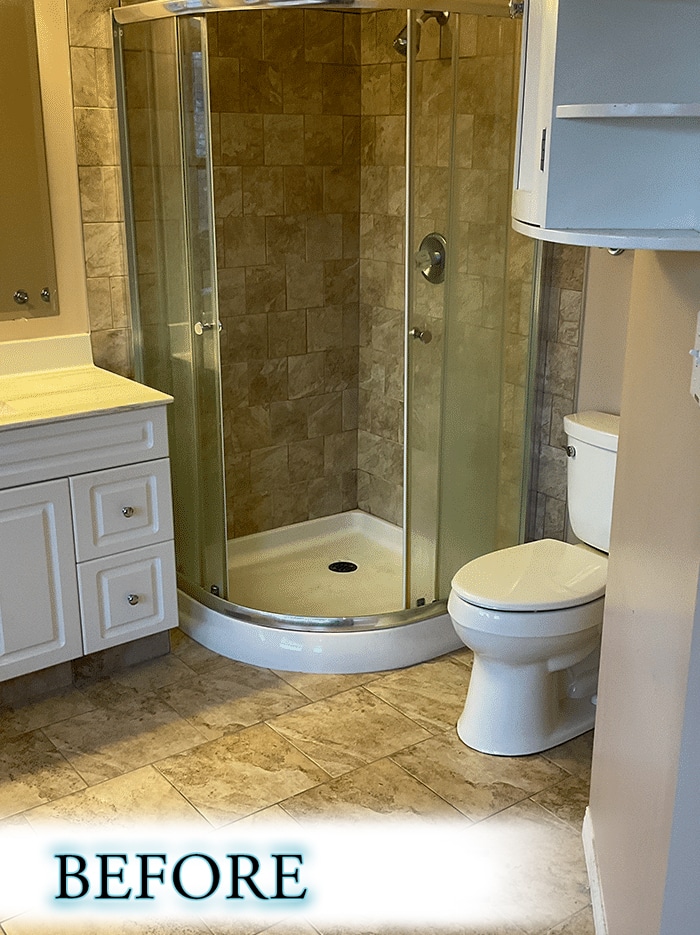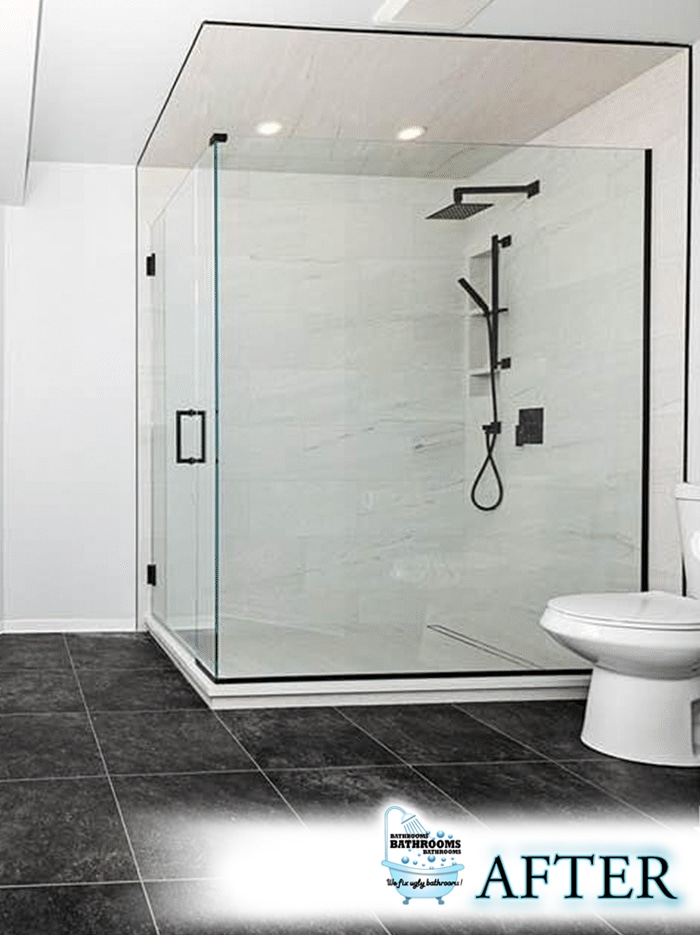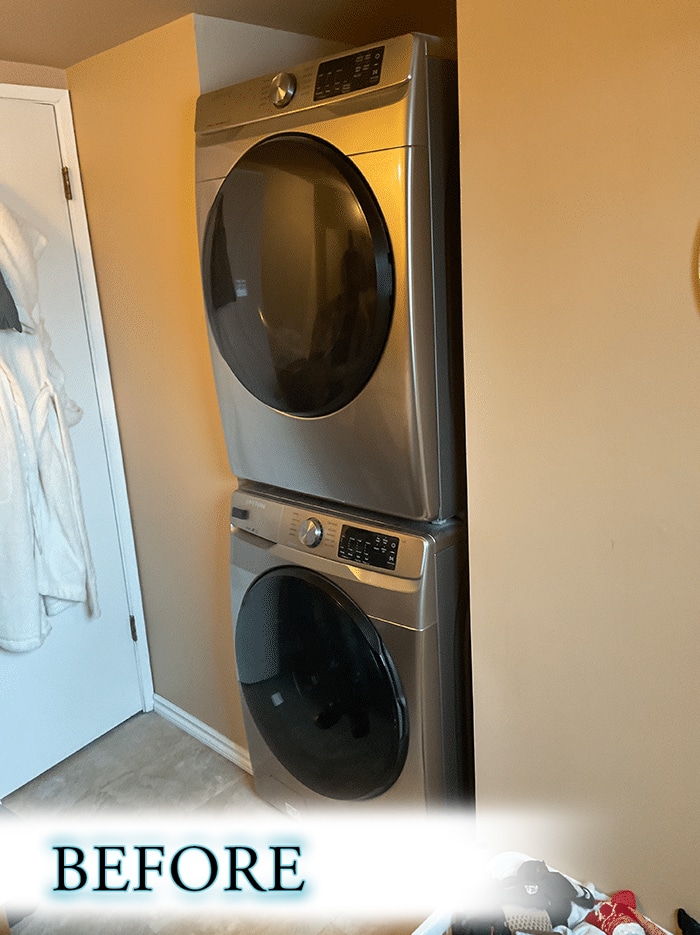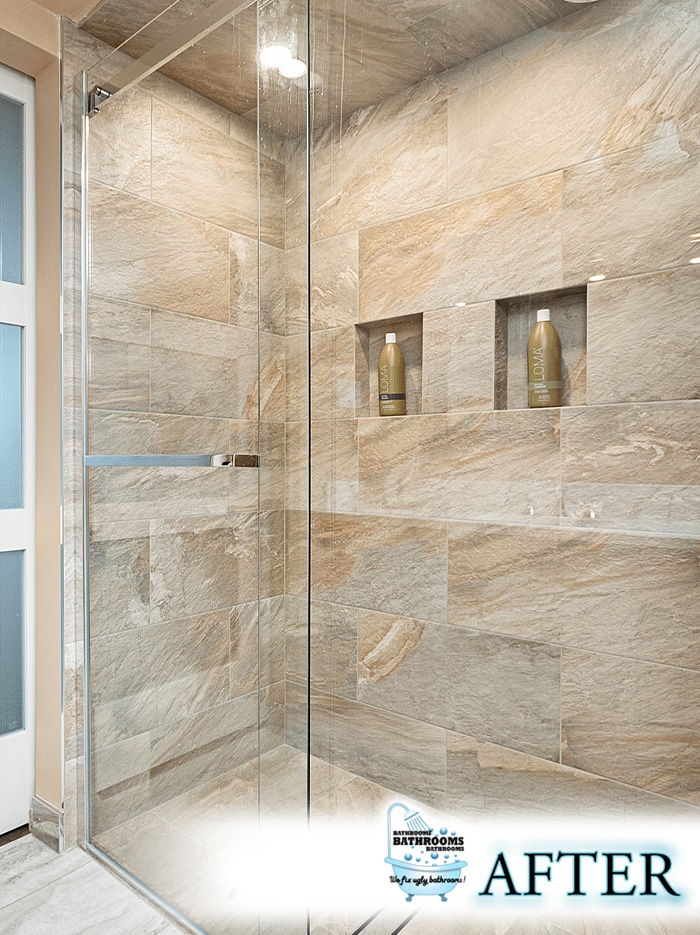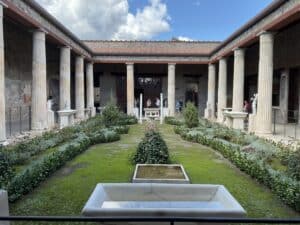
I begin today’s journey where I left off, the beautiful, tragic city of Pompeii.
At the time of its demise, (79 A.D.) Pompeii was a bustling city. Full of markets, temples, bakeries, shops, vineyards and gardens. It was a city of artists, artisans and skilled craftsmen. The people are long past, but their handiwork remains. I was amazed by the planning and how the city functioned. Shops with sliding doors, warehouses laden with materials from far off lands. Silk from the Orient, spices from India, pigments and metals from Africa.
Only hints of these remain. What still stands front and centre are the volumes of artwork. Most every villa had its walls adorned with frescos depicting everyday life. And the tile work! Oh My! The tile work was amazing. The “HOUSE OF FAUN” stands out. There are several examples inside of amazing tile work, but two stand out above all others. The Alexander mosaic contains over one million mosaic tiles depicting a famous battle. Then just inside the entrance to this magnificent villa sits the small pool with the statue that inspired the name. The tile is still brilliant, there does not appear to be a single crack in the base of either piece. This is why at Bathrooms bathrooms bathrooms we use a cement base. After 2,000 years, several earthquakes and a volcanic eruption the tile still looks great.
After one and a half days at Pompeii it was time to move on, reluctantly.
The next stop was about six hours away in the city of Modena. The home to Ferrari and Lamborghini, the home of balsamic vinegar, and close to Parma, and although less famous, but to me much more important. It is the centre of the tile culture of Italy. This is not the quaint hand-made tile of Umbria, no. These were the state-of-the-art tile factories of Italy, shipping millions of square feet of tile around the world. I had the privilege of touring two of them.
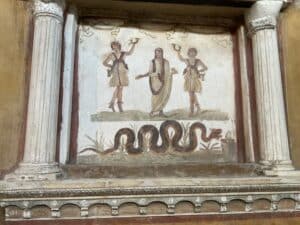
I wanted to see and learn all about the tile that we are importing for the customers of Bathrooms bathrooms bathrooms. I was not disappointed. But first I had to get there. Grabbing a caffe and a cornetto I ventured back onto the autostrada. By now it was less traumatic going through the toll booths and into the structured chaos. The time seemed to go quickly, driving through the fertile heart of Italy. Passing vineyards, olive groves and crops of every kind. Even now, as I think back it is a beauty that leaves an ache.
Exiting from the autostrada, I drove the last 20 kilometers to the factory. Italy loves their traffic circles. I do not believe it is an overstatement to say there is one every km. I was never more thankful for google maps. Finally arriving at the office, I met my host, Giuseppe. What a gracious host he was. He showed me their extensive collection and arranged a package of samples to take home.
I am not sure what I was expecting, but this was not that. The factory was massive and incredibly clean. We had to stick to pre-determined walkways as the robots rule in this building. Watching the robots follow their routs was like watching a dystopian ballet. A twirl here, a lift here, a sudden stop and pirouette, all set to the whir of the electric motors. 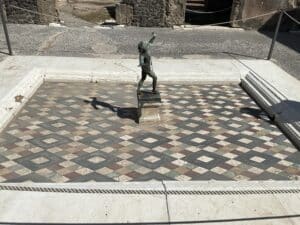
The tile begins with the clay power, housed in dozens of giant silos. Each with a different clay, coming from around the world. Each having different characteristics. Each factory has a lab for testing the clay and determining which combination of clays will best suit a particular tile. Things like size, thickness, colour, texture, finish and use all play into the recipe. Once the clays are selected the conveyor belts fire up. The clays are sent to a giant drum where they are mixed, and conditioners are incorporated into the mix. From here they are transported into a hopper where the tile blanks are stamped out. Next, they go through various stages, have the finish applied and are then stacked in towering stands that look like sentinels. Here they rest for a bit before being called for their appointment with the kiln.
This kiln is over 120 metres long and reaches incredible temperatures. 45 minutes later the tile emerges at a toasty 1200 degrees Celsius. Once it cools, it is trimmed, packaged and wrapped.


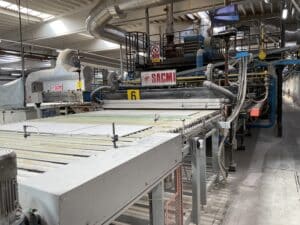
As we were finishing, I was asked if I would like to see the photography room. I said sure (but thought to myself how exciting will this be? They take pictures of tile). I could not have been more wrong.
We entered into a medium sized room with pictures on the walls and the ceiling, and a room littered with stuff. My host pointed up to the ceiling at a beautiful blue picture, “See that picture?” “That is a photo of the Sistine chapel and that,” (he pointed to a tile leaning against the wall) “is the tile designed from it.” He went on. “And this is pine from Switzerland, and there is the tile. This is a picture of our new cement lobby and here is the tile.”
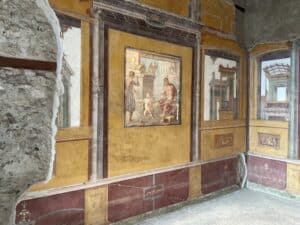
I am honoured to be able to bring the beauty of Italy to the friends and clients of Bathrooms bathrooms bathrooms. It still amazes me that we can offer the beauty of Europe for the price of plastic. Contact us for a consultation today and find out how you can bring a piece of Italy into your bathroom without breaking the bank.

